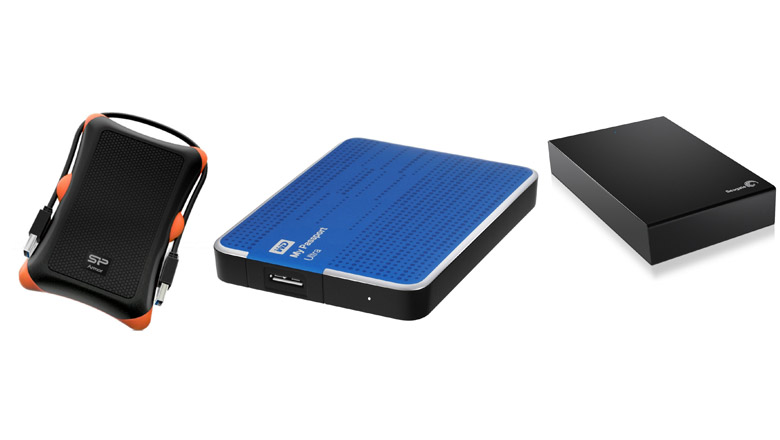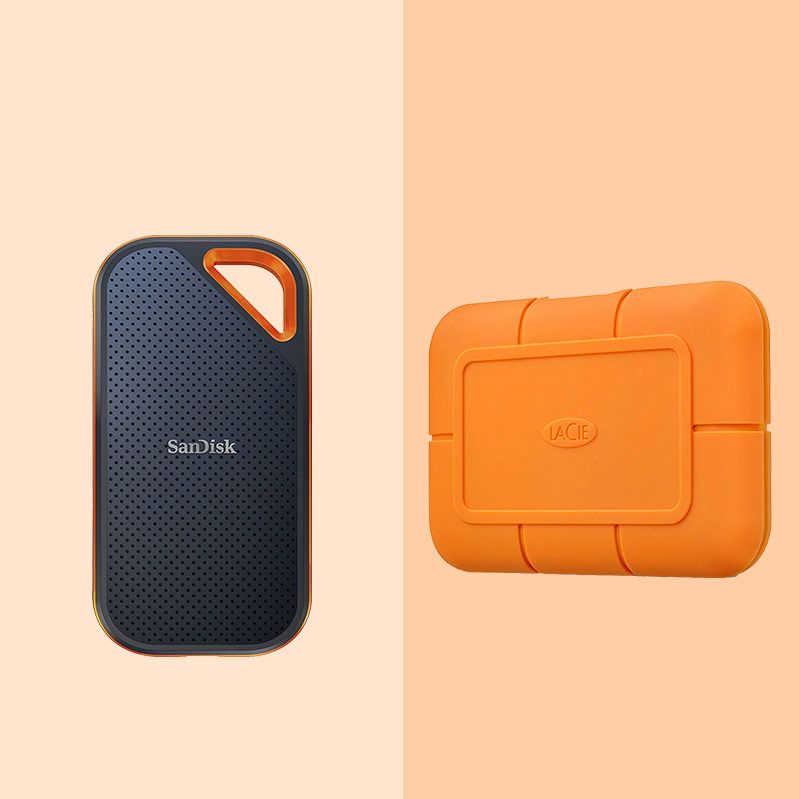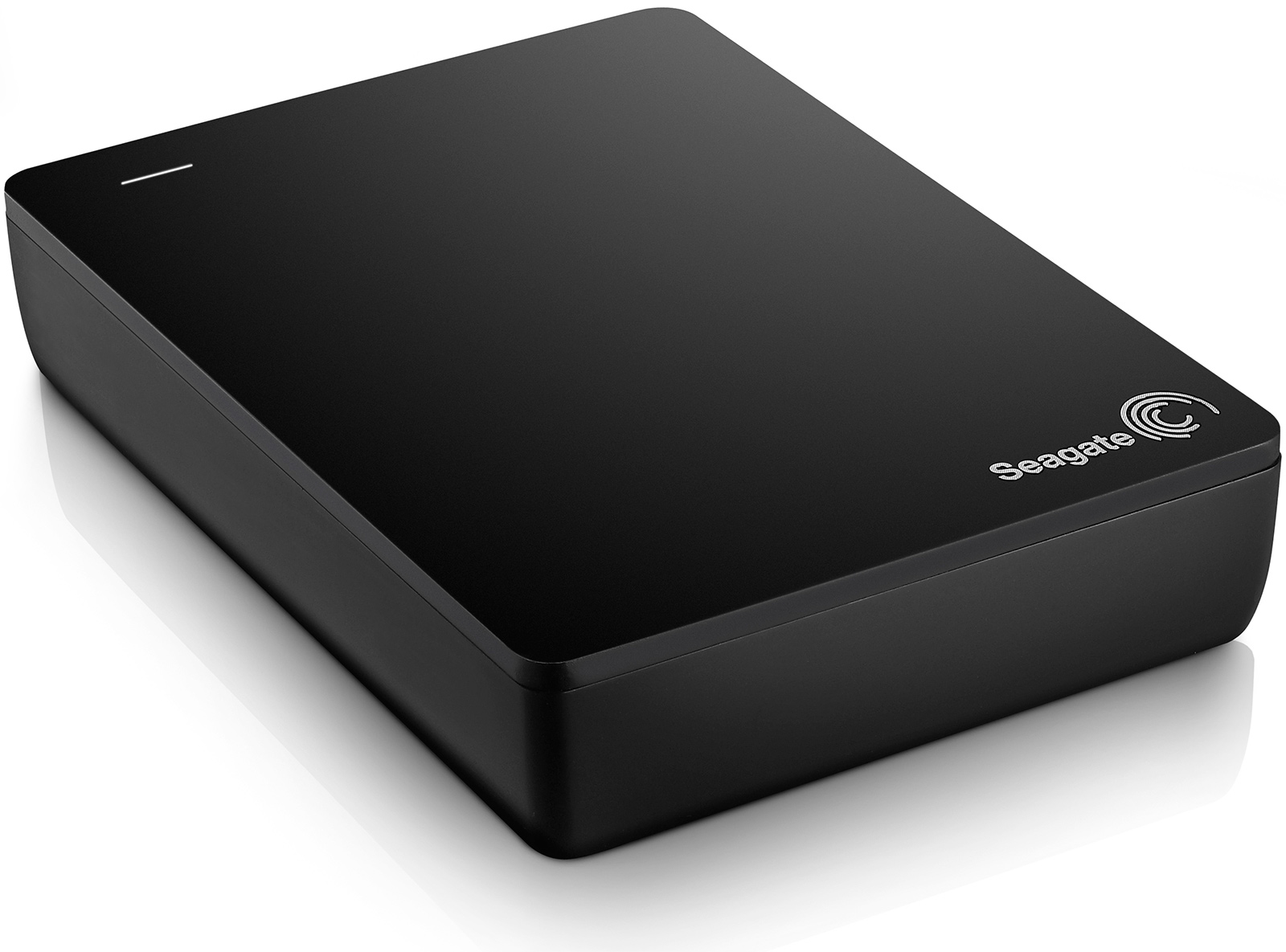

- #RATE MOST RELIABLE EXTERNAL HARD DRIVES HOW TO#
- #RATE MOST RELIABLE EXTERNAL HARD DRIVES FULL#
- #RATE MOST RELIABLE EXTERNAL HARD DRIVES FREE#
Why? Because I do weekly full image backups, supplemented by nighly incremental backups and "real-time" backups of my most important folders. The good news is that even if my hard drive suffers a sudden failure today, I won't lose any work.
#RATE MOST RELIABLE EXTERNAL HARD DRIVES FREE#
(See links to free diagnostic tools in my article Is Your Hard Drive Going to Crash?) I'm more inclined to give credence to the Raw Value numbers, and run some additional diagnostics on this drive. The status column shows that everything is "OK" but some of those numbers in the "Raw Value" column are a bit worrying. The results of the DiskCheckup tool can be somewhat cryptic, as you see in the sample output from one of my own hard drives. DiskCheckup and similar utilities use hexadecimal notation for the SMART metrics hex values are given in parentheses above. To check these and other SMART metrics, I recommend the Passmark DiskCheckup utility it’s free for personal use or only $19 for commercial use. My Toshiba drive does not report SMART 187 & 188, for example. Some of these SMART metrics may not be implemented by a drive manufacturer.

Also, the Seagate 4TB models look like better long-term performers than the 1.5 and 3TB offerings. My takeaway from this report was that the Hitachi Deskstar (3TB and 4TB) models seem to offer the best reliability of all consumer-grade hard drives.
#RATE MOST RELIABLE EXTERNAL HARD DRIVES HOW TO#
average age: high at both ends, relatively low in the middle.Īre you prepared for a total loss of your hard drive due to a virus, hardware failure or some other disaster? I encourage you to read my ebook Everything You Need to Know About BACKUPS, where you'll learn about backup strategies and how to protect the data in your computer, tablet, smartphone and online accounts. Add them all together and you get a “bathtub curve” plot of failure rates vs. The third is “old age” - everything wears out eventually. The second source of failures is “random events” such as physical shocks, power blips, heat damage, cosmic rays, and so on these events may occur at any time. The first is “infant mortality,” or manufacturing defects which cause drives to fail quickly after they are put into use. There are three general categories of drive failure causes. Failure rates increase dramatically as drive age exceeds 4 years, e.g., 9.5% and even 23.5%. The annual failure rates of “middle-aged” (2-4 years old) drives from Seagate and HGST are even lower. Yes, these are very young drives on average. Backblaze has about 12,000 of these drives, too, with an average age of 0.4 years. The HGST (formerly Hitachi) Deskstar 4000 4-Terabyte drive ($175 at Amazon) costs a bit more but had an annual failure rate of 1.4%. Backblaze has over 12,000 of these drives their average age is 0.9 years. The Seagate Desktop HDD.15 4-Terabyte drive ($140 at Newegg) provided the best price/reliability ratio, with an annual failure rate of 2.6%. (See also, the updated Q3 2015 reliability report.) Here’s the gist of their Q4 2014 reliability report, below.

As of December 31, 2014, Backblaze had 41,213 disk drives in service, a more than adequate sample size. The company uses consumer-grade hard drives, most of 3 or 4 Terabyte capacities, so their performance is relevant to the average home or small business user. Backblaze is unique among cloud services in running an “open source” operation it regularly publishes detailed blog posts about the composition and performance of its infrastructure. So the question, “What is the most reliable hard drive?” is particularly pertinent.Ī massive amount of data that can help to answer that question is coming out of cloud-storage provider BackBlaze these days. Getting that data back can be time-consuming, expensive, or even impossible, especially if you haven’t kept adequate backup copies. But when a hard drive stops working you lose access to all of your personal data stored on it. If any other component fails you can replace it and get back to work pretty quickly. A hard drive failure is the worst thing that can happen to your computer.


 0 kommentar(er)
0 kommentar(er)
